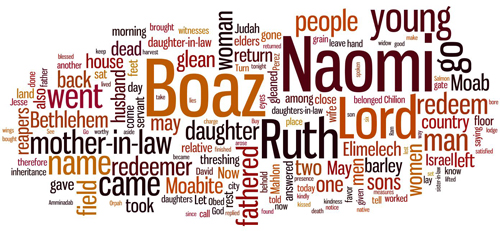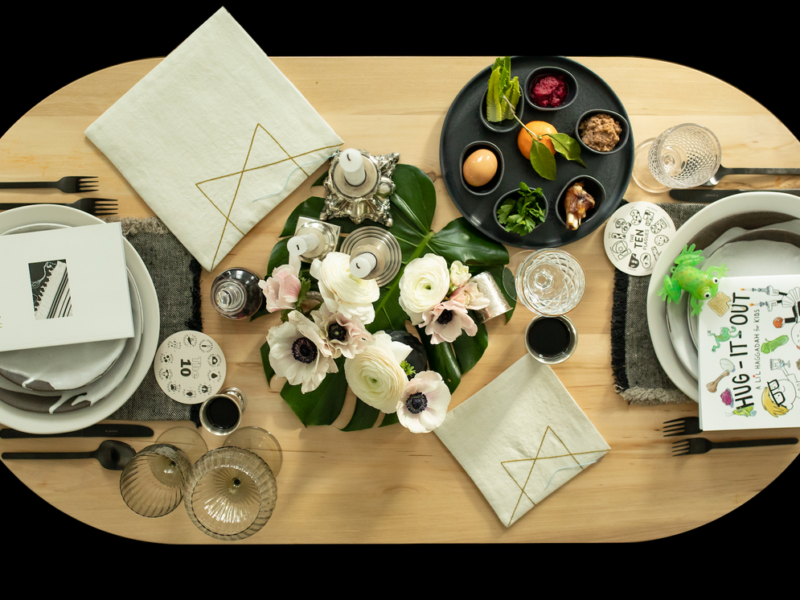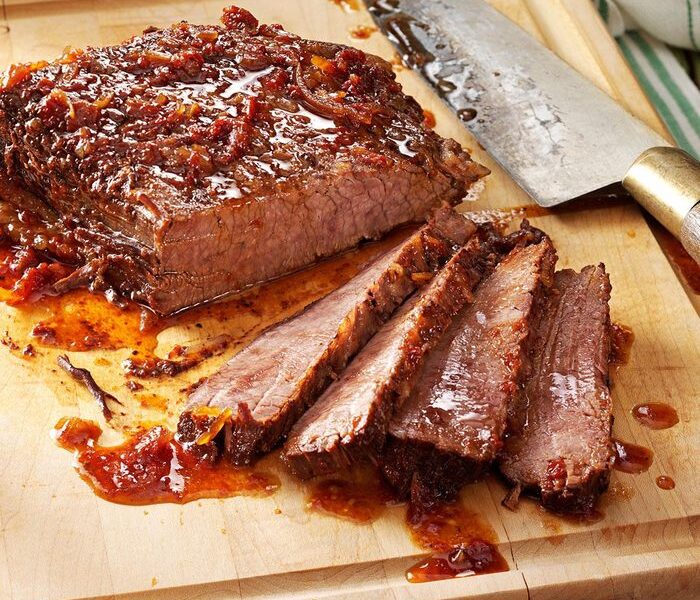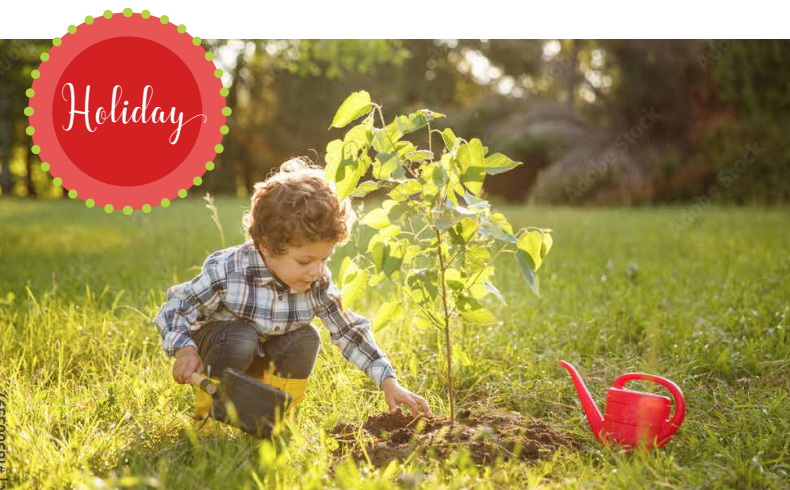
SHAVUOT: JUNE 8-10, 2019
Shavuot commemorates the anniversary of the day G-d gave the Torah to Moses and the Israelites at Mount Sinai. Traditions on Shavuot include all-night study of the Torah on the first night, reading the Book of Ruth and hearing the Ten Commandments in synagogue.
By Rabbi Geela Rayzel Raphael
The Book of Ruth is read at this time of year on the holiday of Shavuot, which celebrates the barley harvest and represents the sacred marriage between Israel and the Divine. The themes of harvest and relationship are present in the Book of Ruth, which is also a story of people from different faiths and cultures joining together out of love and support for one another.
Ruth, a Moabite woman, marries an Israelite who has come to Moab with his family to escape famine in Israel. While in Moab, Ruth’s husband, his brother and his father die. Instead of remaining in Moab as a widow, Ruth chooses to follow her mother-in-law, Naomi, as she returns to Bethlehem, her home city. The story is a symbolic journey from famine to abundance, alienation to connection, and from death to rebirth.
The story of Ruth is also of loyalty to family, alliance with the Jewish people and is used as the exemplary model for conversion to Judaism. Ruth utters her famous phrase to Naomi: “Where you go, I will go; where you will be, I will be; where you sleep, I will sleep; your people are my people, your God my God.” This has been the basis for the conversion experience. Ruth not only embraces her mother-in-law, but also the culture and religion that she comes from.
What’s missing from this story is an interfaith lens. We never know what the Moabite traditions are that Ruth leaves behind. We don’t know if she continues any of her ancestors’ traditions, such as foods or holidays. Does she write her loved ones back home letters in her mind? Or even miss her Moabite family and community, which we as readers never learn about? Or is her break from Moab so radical that it’s as if her family has died? This total break is why Ruth, traditionally, has been held up as the model for conversion. She has, at least according to the text, severed ties with her past. She starts all over in a new land, just like Abraham had many generations earlier.
Yet today, most contemporary interfaith couples, even when a conversion takes place, don’t have a complete split with the past. They continue to celebrate holidays with their extended families. Ruth’s sister-in-law, Orpah, does return to her family of origin and we never hear from her again. The world in the text seems black and white in terms of choice. They didn’t have Facebook and email in those days, the tools that make it easy for us to stay in touch with friends, family and acquaintances who live far from us.
As the story progresses, we find Naomi mentoring Ruth in the customs of the Israelites: how to glean in the fields, how to seduce a husband and to acquire her rights. The text doesn’t indicate that Ruth has any problem adapting to her new culture, but we never really know. And at the end of the story she gives birth and is given credit as the ancestor of King David.
Yet the story leaves room for our imagining the details and nuances of Ruth’s life: Does Ruth take her child to visit her relatives in Moab? Or teach any Moabite lullabies or other customs to her child? Does she have any internal conflicts about the path she has chosen?
I imagine that at some point she has some reflections about the path she has chosen. Although she was a loyal Israelite, she may have missed her family on occasion. And although she embraced her new family, she may have taken some traditions from her family with her.
For those of you who have converted or are living in a Jewish household, we know that the reality of our lives have more subtle shades of grey than Ruth’s black and white experience.
As we read and honor Ruth’s journey at Shavuot, we can reflect and honor our own unique paths. Celebrate your marriages, honor the wisdom of your ancestors and give gratitude for your abundance.
This article was reprinted with permission from InterfaithFamily, supporting Jewish interfaith couples and families. Learn more at interfaithfamily.com.





